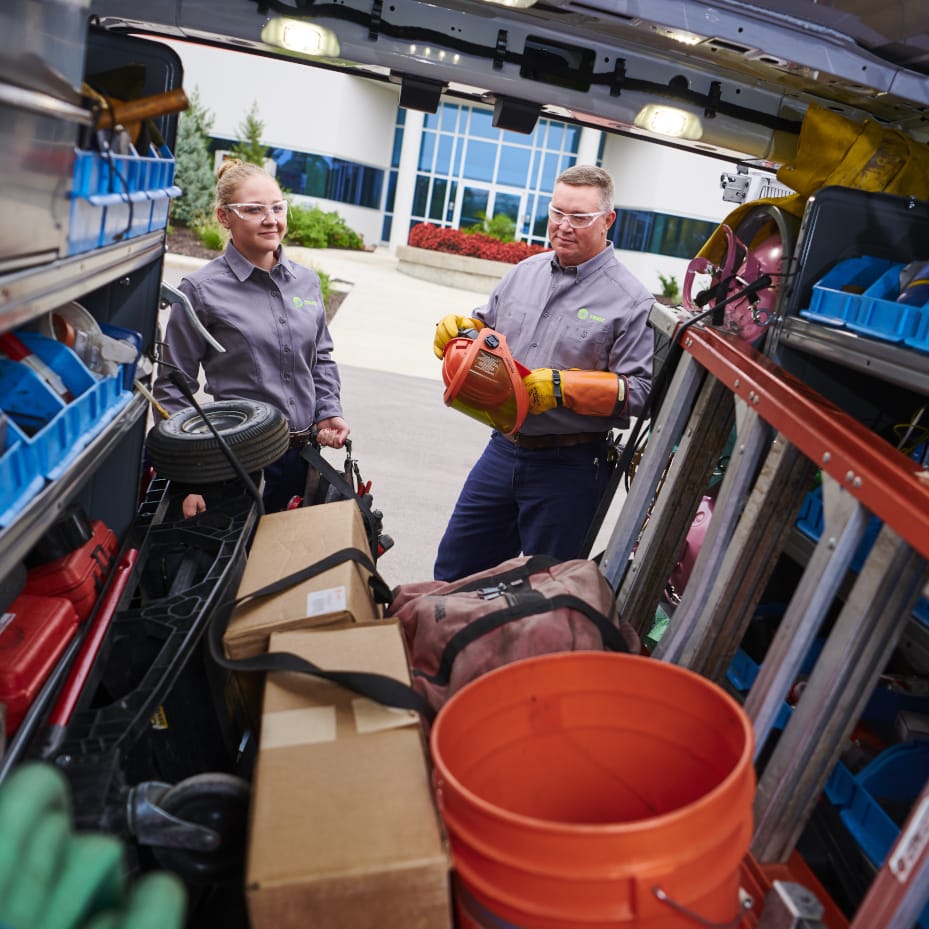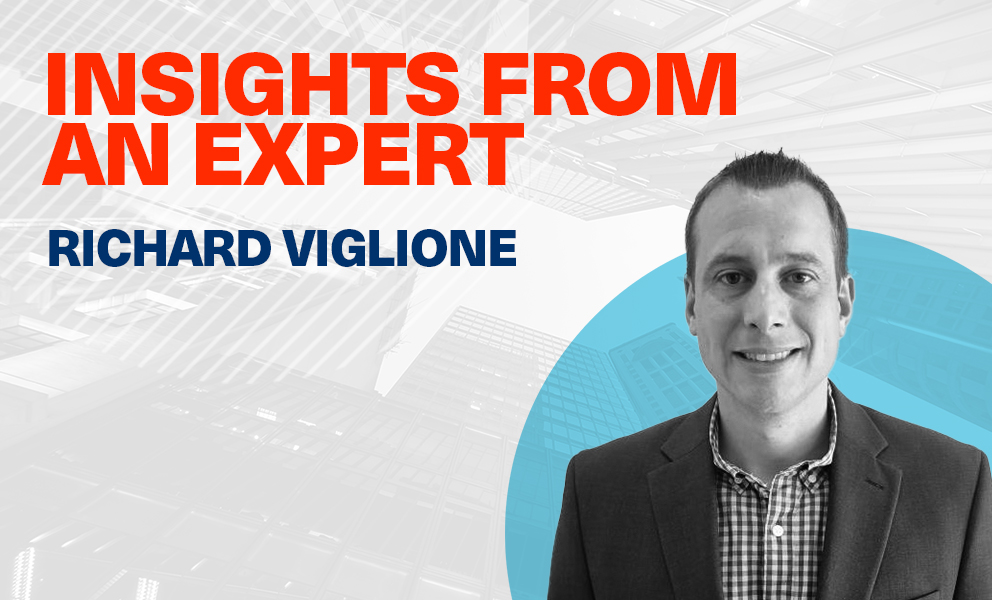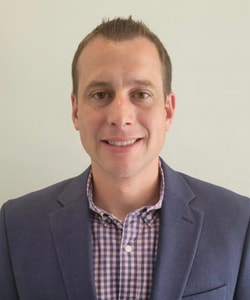Q. What are some of the most challenging questions or concerns you hear our customers are facing right now about their building operations or energy challenges?
A. Many of our higher education, municipal and government customers need help navigating ESSER and other funding to complete much needed upgrades. They have always had deferred maintenance on their building operations but have not had enough funding to address it. When it comes to using that funding, it looks different for each customer. Ultimately, they are facing a lot of infrastructure challenges. This includes rising rates on the energy side and the need to keep up with technology.
Many of our customers are trying to modernize their systems and keep up with the latest technologies. A lot of our government customers, for example, have building automation systems that are significantly aged, 15-plus years old. Now their systems have reached their maximum function. They have a limited number of technicians on their staff, and those technicians don’t always get the training that they need. So, they have issues both getting modern systems and getting their staff trained to use them.
Q. What are the most common misconceptions in the market today about improving reliability and resiliency, reducing energy emissions and reducing operational costs?
A. A misconception that some customers have is that you cannot tie together meeting these three goals in a project — improving reliability and resiliency, reducing energy emissions, and reducing operational costs. Some think it needs to be one bucket or another but cannot be all three.
We're trying to tie them together. That’s our role. For example, we’re going to help to reduce your operational spend and your overall energy consumption in the process. Especially when it comes to reducing operational costs and tying that with the energy reduction spend, customers think it’s not possible to achieve both. In reality, we can address both — and even all three — in the right project.
Q. What do you think Trane brings to the table that nobody else does?
A. We do an exceptionally great job of listening to our customers, gathering the right data points to really understand an issue, figuring out how to address their needs and identifying the drivers for their projects. It always comes back to reliability, quality and good products.
Customers always seem to know the product or equipment side first. What they don’t always know, however, is that we offer building and energy services. There is a long sales cycle, because there’s a long total project lifecycle. We’re providing savings for 15-plus years which means our customers need to trust that we will be their partner for 15-plus years.
I think that the way that we build trust as an organization is by listening to their needs or concerns and then being proactive in addressing those concerns. We are one call away; we are responsive. I think that those kinds of things all go a long way to building trust. This includes taking care of our customers’ needs, listening, being responsive, advocating and doing the right thing for our customers.
Q. How does building energy data help drive customer outcomes?
A. We’re using data to drive customer outcomes. Some customers aren’t aware of the wealth of data they have available and how it can benefit them. For example, we had a higher education customer that had multiple building automation system platforms across their campuses. They probably had 10-plus vendors with systems pulling all kinds of data that no one was looking at.
We were able to get everything pulled together to use that data to manage their overall system. We came in, organized that data and centralized it to produce the kind of customer analytics that improved performance and reduced energy use.
Before we started, they didn’t even know what to do with the data. It’s hard to just to even look at the data when you have multiple platforms to log into. So, the question was “how do you take that data and organize it into something for the customer that is productive and useful to create an immediate impact and provide a long-term benefit,” which we did.
Q. What's the most important thing customers should consider when they're looking to reduce their carbon footprint?
A. When customers want to reduce their carbon footprint, we focus on energy reduction first. To determine their baseline or total energy consumption, we put together an energy profile that includes their different fuel sources as well as the largest energy consuming pieces in their building. Then we look at how we can reduce overall energy consumption and how we can tie that to carbon reduction.
We often take a low-hanging fruit approach of putting in new LED lighting and technology and then we tie that into their building automation system along with HVAC upgrades and optimization strategies.
So really, the driver for us is “what's the easiest way to reduce their energy consumption?” That’s how we help them identify the best approach to start reducing their carbon footprint.
Q. What’s your personal philosophy when it comes to helping customers achieve their goals?
A. Listening to the customer is our number one philosophy. We want to understand what their priorities are and then how they could achieve those. We offer expertise and a consultative approach, so instead of looking at that one piece of equipment that always gives them a problem, is 30-years old and needs replacement, we look holistically at their building, equipment, and operation to find other ways to get them the energy savings to justify any deferred maintenance needs.
Driving energy savings toward a customer’s core mission is s is number one for us. Typically, the customer has a pain point whether it's occupant comfort, deferred capital or just high operating costs and little budget. We're trying to solve that problem for them.
Q. If there is one service, every customer should be thinking about right now, what is it and why?
A. Customers don't always think about energy services, but in many cases, energy services - finding ways to reduce energy through asset and operational optimization and looking at ways to even potentially generate energy - can enable all kinds of outcomes for customer.
I think that taking this comprehensive approach is important. At Trane, we are known for HVAC equipment, but ultimately, we're building experts. We understand a building better than anyone and we can figure out how to make a big building operate better, while reducing energy consumption as much as possible.
Trane is a strategic business of Trane Technologies, a global climate innovator. Trane Technologies brings bold thinking to our customers to advance the conversation on sustainability and achieve more through sustainable climate solutions for buildings, homes, and transportation. We're leading the way to a better future, and we boldly go.














































































